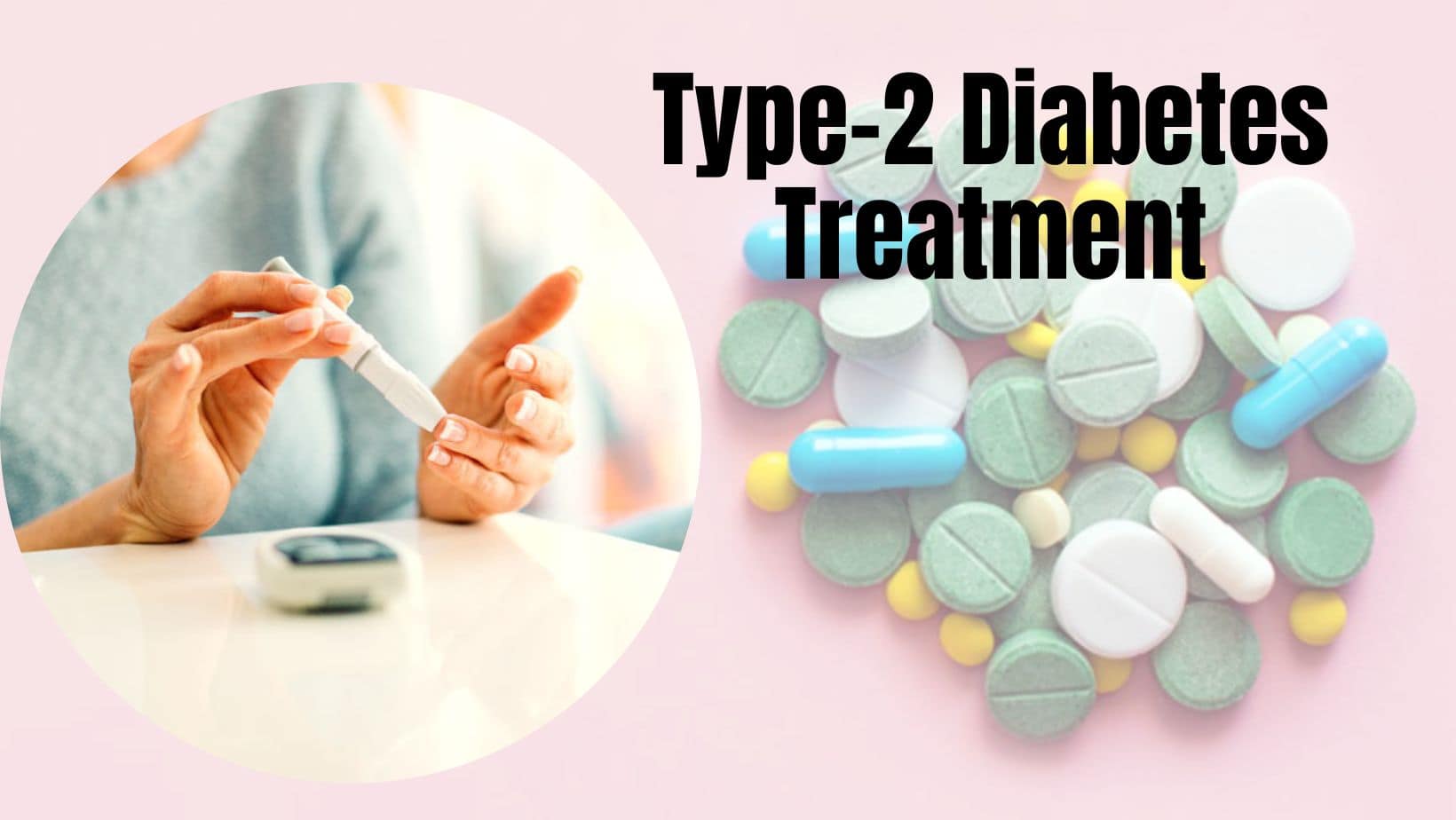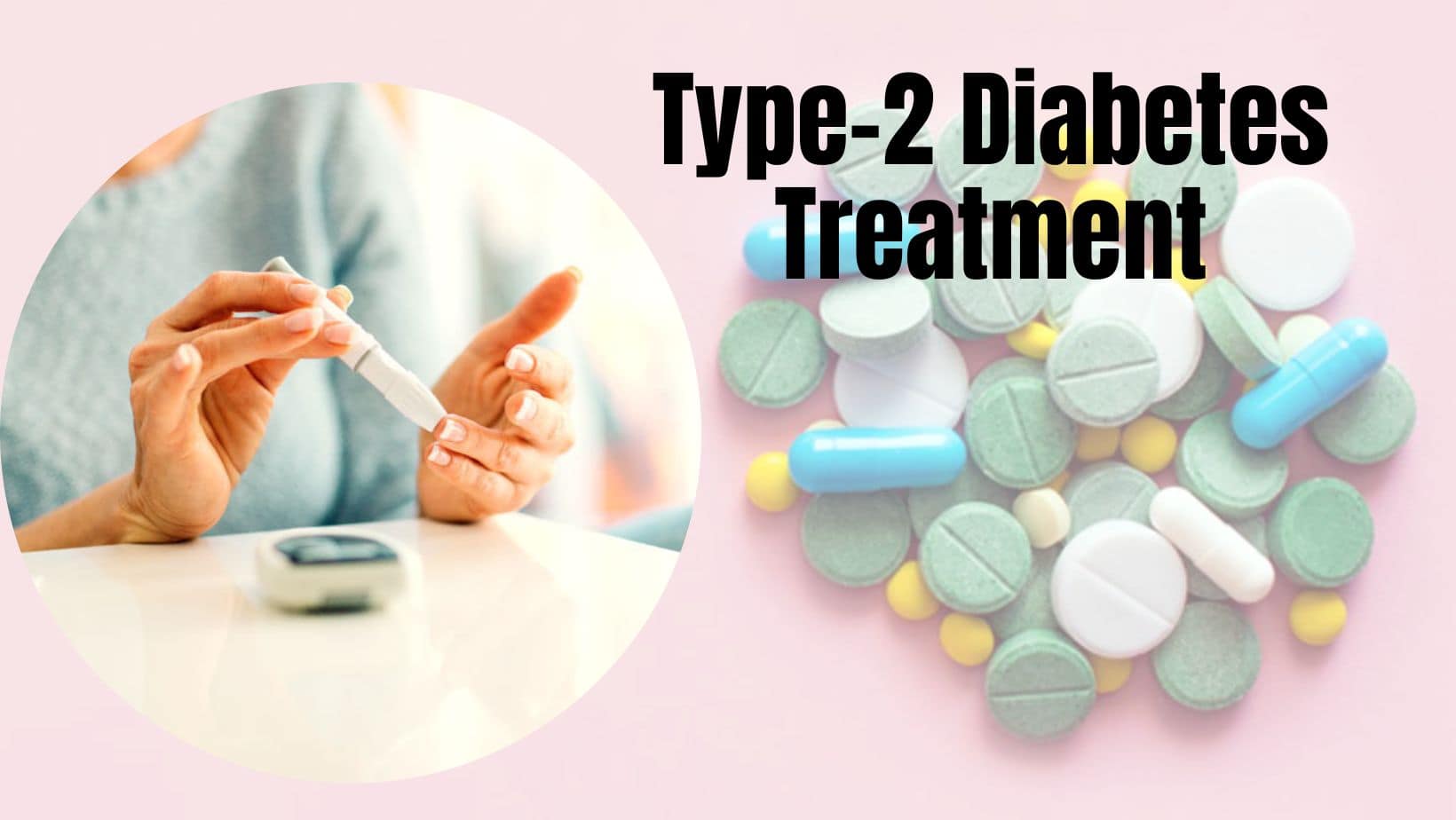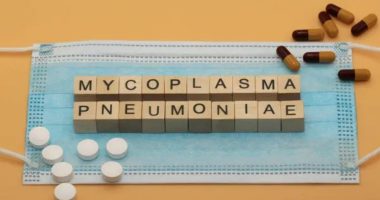 Type-2 Diabetes Treatment: Oral Semaglutide, World’s First Pill To Control Blood Glucose Levels In a first, the U.S. Food and Drug Administration (FDA) has recognised the Oral semaglutide (Rybelsus), an oral glucagon-like peptide 1 (GLP-1) receptor for the treatment of type 2 diabetes.
Type-2 Diabetes Treatment: Oral Semaglutide, World’s First Pill To Control Blood Glucose Levels In a first, the U.S. Food and Drug Administration (FDA) has recognised the Oral semaglutide (Rybelsus), an oral glucagon-like peptide 1 (GLP-1) receptor for the treatment of type 2 diabetes.
Diabetes is one of the health emergencies in the world and India is home to the second-largest adult (20-79 years) diabetic population at 74.2 million. Nearly 9 out of 10 people with diabetes suffer from type 2 diabetes mellitus or T2DM which occurs when the pancreas produces very little insulin or when the insulin it produces does not work properly. T2DM and obesity often go hand-in-hand and the risk of developing diabetes increases by 8% with every 1 kg increase in body weight. Along with lifestyle changes, several antidiabetic medications (ADMs) are used for T2DM management. However, T2DM remains uncontrolled in 3 out of 4 patients, increasing the burden of complications such as diabetic eye, kidney or neural disease, heart problems and stroke. TheHealthSite.com spoke to Dr Pankaj Aneja, MBBS, MD – General Medicine, Internal Medicine, Consultant Physician, and General Physician to understand more about how to effectively manage the condition with the world’s first pill that can bring down blood glucose levels.
All Anti-Diabetic Medications (ADMs) Are Not Created Equal
ADMs help normalises blood glucose levels by either replacing the missing hormone insulin (injectable insulin), stimulating the pancreas to produce insulin (sulphonylureas; SUs), improving insulin sensitivity (thiazolidinediones/metformin) or via other pathways [acarbose, sodium-glucose cotransporter-2 (SGLT2) inhibitors, dipeptidyl peptidase (DPP)-4 inhibitors]. The efficacy of some ADMs is, however, limited by their side effects such as hypoglycaemia (blood glucose lower than normal) and weight gain, both of which can have harmful consequences. An agent which provides glucose control with minimal detrimental effects is the need of the hour.
Glucose-like peptide (GLP-1) receptor agonists (RAs) e.g. exenatide, liraglutide, semaglutide are ADMs that mimic the effects of the hormone GLP-1, which is naturally produced by the body in response to a meal. GLP-1 RAs stimulate insulin production, reduce the release of glucose into the blood and suppress appetite. Overall, they decrease blood glucose levels (estimated by glycosylated haemoglobin or HbA1c), cause weight loss and minimise hypoglycaemia, ultimately decreasing the risk of complications. GLP-1 RAs can be used in patients with diabetes who are obese, overweight, at high risk for hypoglycaemia and in those at high risk for or with established heart-related problems. Moreover, unlike other ADMs, GLP-1 RAs can also be used in those with kidney problems. However, patients prefer oral over injectable ADMs and until now GLP-1 RAs were available only in injectable form, limiting their use. Type-2 Diabetes Treatment
Oral Semaglutide: A Promising Innovation In Diabetes Management
Timely diagnosis and swift treatment can help improve patient outcomes in T2DM management. Oral semaglutide, the world’s first and only oral GLP-1 RA developed after 15 years of ground-breaking research, is a step in this direction. Oral semaglutide combines the efficacy and safety of GLP-1 RAs with the convenience of a pill, making it more accessible to patients with T2DM. Since nearly 1 out every 2 patients with T2DM lives with obesity, oral semaglutide is well-suited for such patients as it can provide both blood glucose control and weight loss (up to 5 kgs). These benefits of the agent along with minimum hypoglycaemia and cardiovascular safety have been tested across several trials and amongst many categories of T2DM patients. The impact on blood glucose control and weight with oral semaglutide was greater than that seen with other ADMs. Moreover, it was effective both as an individual agent and in combination with other ADMs. Infact, therapy with oral semaglutide can improve patient adherence thereby reducing the complications associated with uncontrolled T2DM.
Oral semaglutide thus provides clinicians with an innovative option for T2DM management across several patient categories both as an individual and add-on therapy and results in sustained glucose control along with weight loss.









